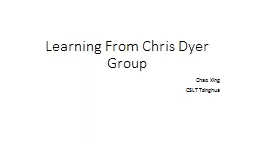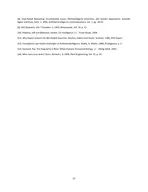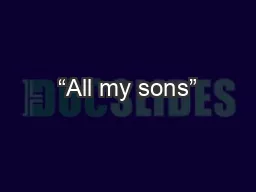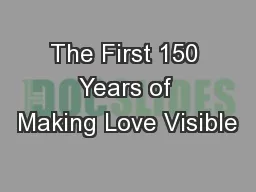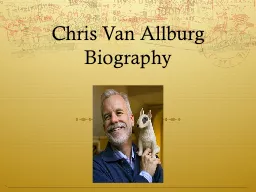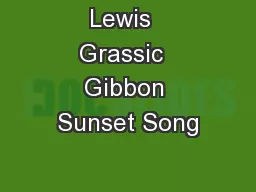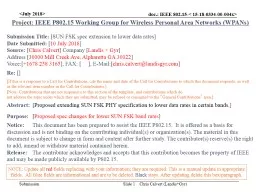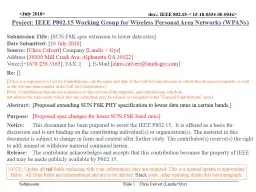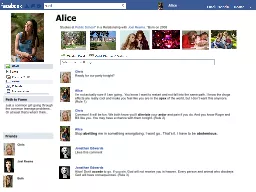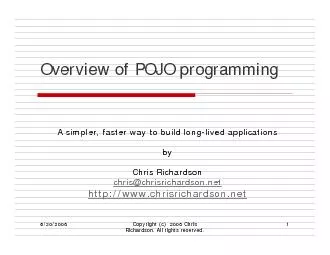PPT-Learning From Chris Dyer Group
Author : calandra-battersby | Published Date : 2017-04-15
Chao Xing CSLT Tsinghua Why Chris Dyer group had gotten a lot of brilliant achievements in 2015 and their research interest match to ours And in some area we two
Presentation Embed Code
Download Presentation
Download Presentation The PPT/PDF document "Learning From Chris Dyer Group" is the property of its rightful owner. Permission is granted to download and print the materials on this website for personal, non-commercial use only, and to display it on your personal computer provided you do not modify the materials and that you retain all copyright notices contained in the materials. By downloading content from our website, you accept the terms of this agreement.
Learning From Chris Dyer Group: Transcript
Download Rules Of Document
"Learning From Chris Dyer Group"The content belongs to its owner. You may download and print it for personal use, without modification, and keep all copyright notices. By downloading, you agree to these terms.
Related Documents

